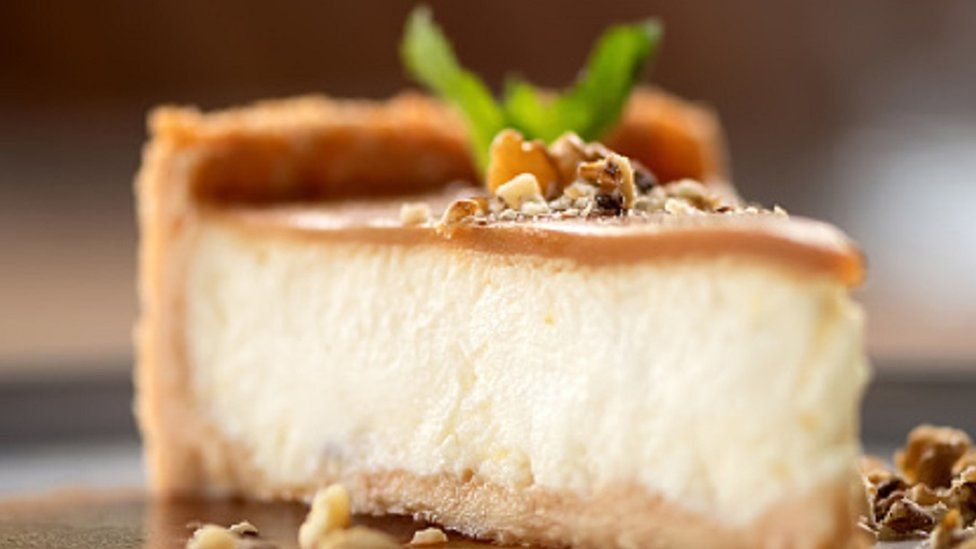
What can a 1904 cookbook - written in the Bengali language and filled with dessert recipes - tell us about colonialism and food habits? A lot, writes journalist Priyadarshini Chatterjee.
On a scorching summer afternoon sometime in the late 2000s, I returned home to the unusual sight of my aunt skittering about in the kitchen of our house in the eastern city of Kolkata in India's West Bengal state.
"I am making cheesecake," she announced, as she crumbled some paneer (considered an Indian equivalent of cottage cheese) into the decades-old mixer. She must have seen the flicker of doubt on my face.
"Cottage cheese," she quipped, stressing on the cheese, before she told me how she had coaxed the recipe out of a friend.
What my aunt turned out that evening - and many times since - was a decidedly sweet and firm mousse-like dessert, pristine white in colour, that sat on a layer of crumbed Marie biscuits cemented with butter.
We loved the comforting simplicity of the dish, except we had to hurry up and finish it before it melted into a runny mess.
Was it a cheesecake? No one could confirm or deny, simply because none of us had tasted one. Not yet.
In his 2013 book Calcutta: Two Years in the City, author Amit Chaudhuri wrote, "Oddly, colonialism hadn't introduced the cheesecake to the Indian middle class, but globalisation did - triangular pretenders that were dead ringers of the original, but tasted exactly like mousse."
I also had my share of feather-light, wispy, sweetened aerated cream in the name of cheesecake before I ate my first spoonful that was dense and creamy, with a hint of tang that clung to my mouth for just a little longer. And every time I had cheesecake, I associated it with the cosmopolitan, post-liberalisation India (the country's economy was liberalised, or made open to the world, in 1991).
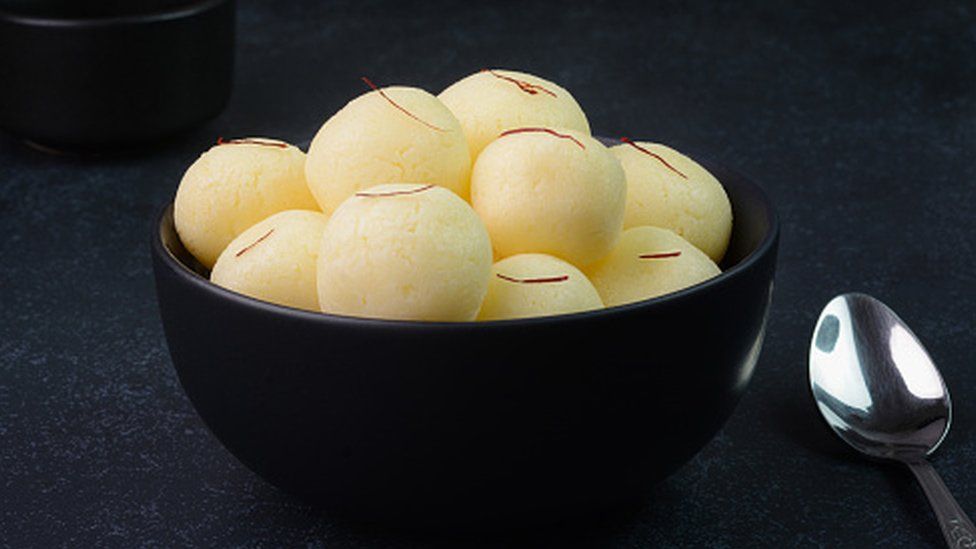
So imagine my surprise when I stumbled upon a recipe for cheesecake in a Bengali book published more than a hundred years ago. It seemed colonialism did after all introduce cheesecake to the Indian, at least the Bengali, middle-class.
In 1904, Bipradas Mukhopadhyay - writer, printer-publisher and a columnist - published a book titled Mistanna Pak dedicated entirely to sweets.
Although written in Bengali, the book is a veritable globe-trotter. Traditional Bengali sweets like sandesh, chandrapuli and pantua rub shoulders with sweets from around the Indian subcontinent like the Rajasthani ghevar and Sindhi roth, and European treats like rose-flavoured Portuguese cake, ginger cream and orange custard.
It is a dessert heaven, an amorphous space where borders dissolve. And right at the end are two different methods for making cheesecake.
Mukhopadhyay's Mistanna Pak is particularly unique not only because it's perhaps the earliest book of its kind to come out of the subcontinent - a specialised cookbook exclusively dedicated to sweets - but also for its spirited cosmopolitanism.
In Bengal, a land with an unparalleled confectionery heritage, sweets have historically been of two kinds - those made at home by the women, typically with easily available ingredients like coconut, jaggery, rice, lentils and milk solids, and those made by professional confectioners that focused on cottage cheese.
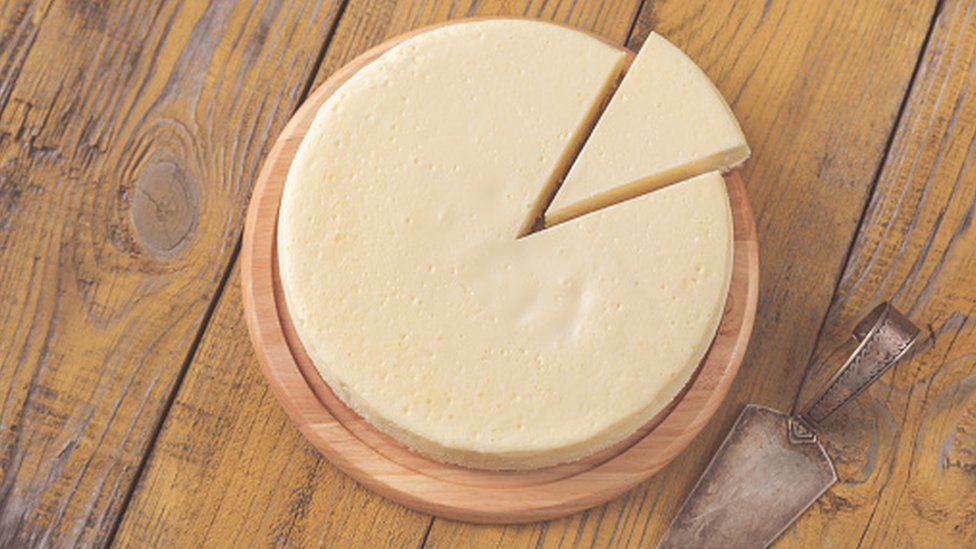
Mukhopadhyay's cookbook, aimed at the new-age Bengali woman, clearly suggested that their repertoire of homemade creations now included a range of cakes, puddings, flavoured cream and cheesecake.
The book, in fact, reflects this spirit of a time in colonial Bengal when food came to be defined in more complex terms and played a crucial role in the construction of the Bengali middle-class identity and self-fashioning of the modern Bengali bhadralok (gentleman).
And the Bengali bhadramahila (gentlewoman) was placed at the centre of this change, made responsible for shaping a new cuisine and culinary culture that remained rooted in tradition while embracing the new.
An 1874 article in a Bengali women's magazine Bamabodhini Patrika stated that a bhadramahila should be able to cook everything from native Brahmin dishes of rice and curry, meat in the Mughal style, traditional Bengali sweets and Western-style jams, cakes, biscuits, puddings and bread with equal ease.
Mukhopadhyay's cheesecake is a far cry from cheesecakes we are familiar with today that are made with soft, satiny dollops of cream cheese. It might even appear a misnomer - there is no cheese in his cheesecake.
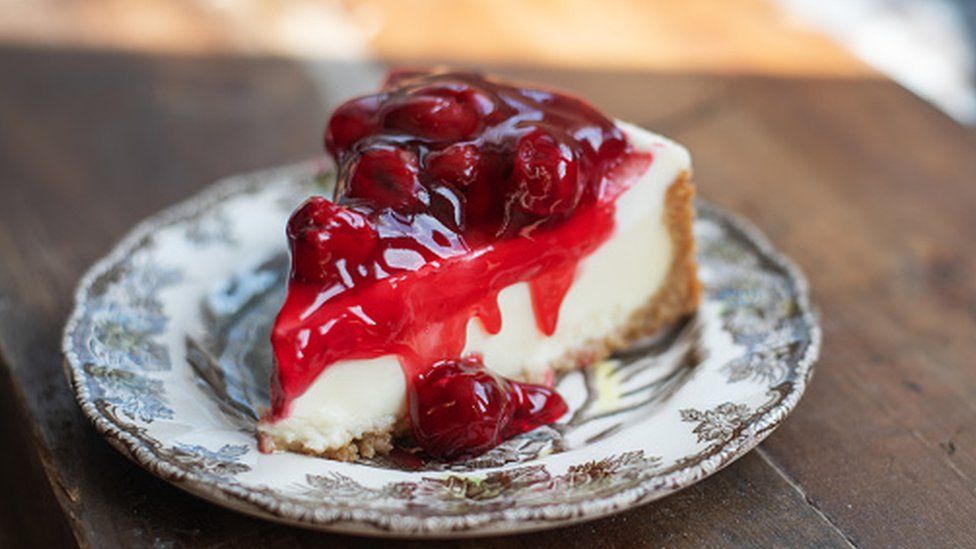
In one recipe, chunks of bread are added to a pot of buttermilk, followed by eggs, sweetened with sugar or sugar candy and flavoured with lime zest, and cooked on a stove top until the ingredients are reduced to a thick consistency and allowed to set.
In the second recipe, butter, sugar and lime are simmered together, whipped up to a fluff and allowed to harden.
History tells us that not all cheesecakes are made of cheese, least of all cream cheese. Cream cheese came to be incorporated in cheesecakes only in the 1920s and 30s. But cheesecakes have been around at least since 2BC, in various forms.
As British food writer Alan Davidson wrote in the Oxford Companion to Food, "It is clear from 18th-century English receipts that not all cheesecakes contained curds or cheese. Many are thick custards of cream and eggs, flavoured with lemon or citron peel."
Through the 18th Century, recipes for cheesecake often featured in cookbooks published internationally as also those written by European expats living in India. The Indian Cookery Book (1880) featured a recipe for "Excellent Cheesecakes" combining whey-free curd with butter, egg yolks, sugar and shavings of nutmeg baked in a quick oven or patty pans lined with puff paste.
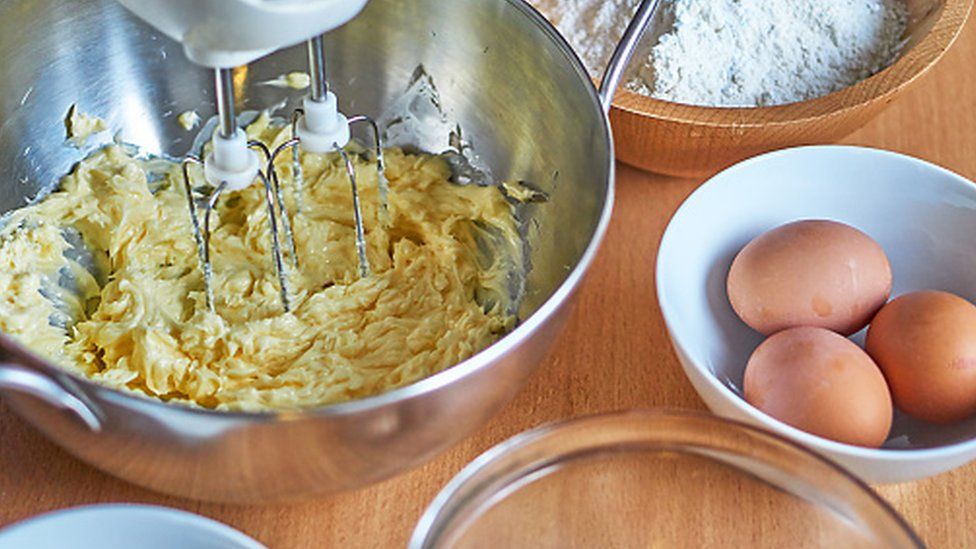
American journalist Margaret Dod's 1826 book The Cook and Housewife's Manual has a cheesecake where sponge biscuits soaked in cream are steeped in lime juice and beaten up with fresh butter, sugar and eggs. Seasoned with cinnamon and nutmeg, the batter is poured into small pans lined with a light thin paste and baked. It's finished with a garnish of candied lemon peel.
Mukhopadhyay's recipes seem to combine elements from various recipes to adapt them to indigenous kitchens, following the trend at the time. Recipe writers and compilers like Pragyasundari Devi and Mukhopadhyay innovated, improvised and modified recipes of non-indigenous food to suit Indian, particularly Bengali, pantry and culinary culture.
Considering how Mukhopadhyay wraps up his cheesecake recipe with a note of praise for European food as more nutritious and urging Bengalis to include eggs and meat in their diet or how he dedicates a section of his book to the right method of toasting bread, it is clear that many of these food items were still new to the book's middle-class patrons.
And this novelty perhaps also left some space for minor manipulations and certain inaccuracies went unchallenged.
But there's no denying the unmistakable cosmopolitanism of Mistanna Pak and Mukhopadhyay's efforts towards globalising the Bengali palate long before globalisation became a buzzword.
BBC News India is now on YouTube. Click here to subscribe and watch our documentaries, explainers and features.

Read more India stories from the BBC:

https://ift.tt/Da0MJmG
Entertainment
No comments:
Post a Comment